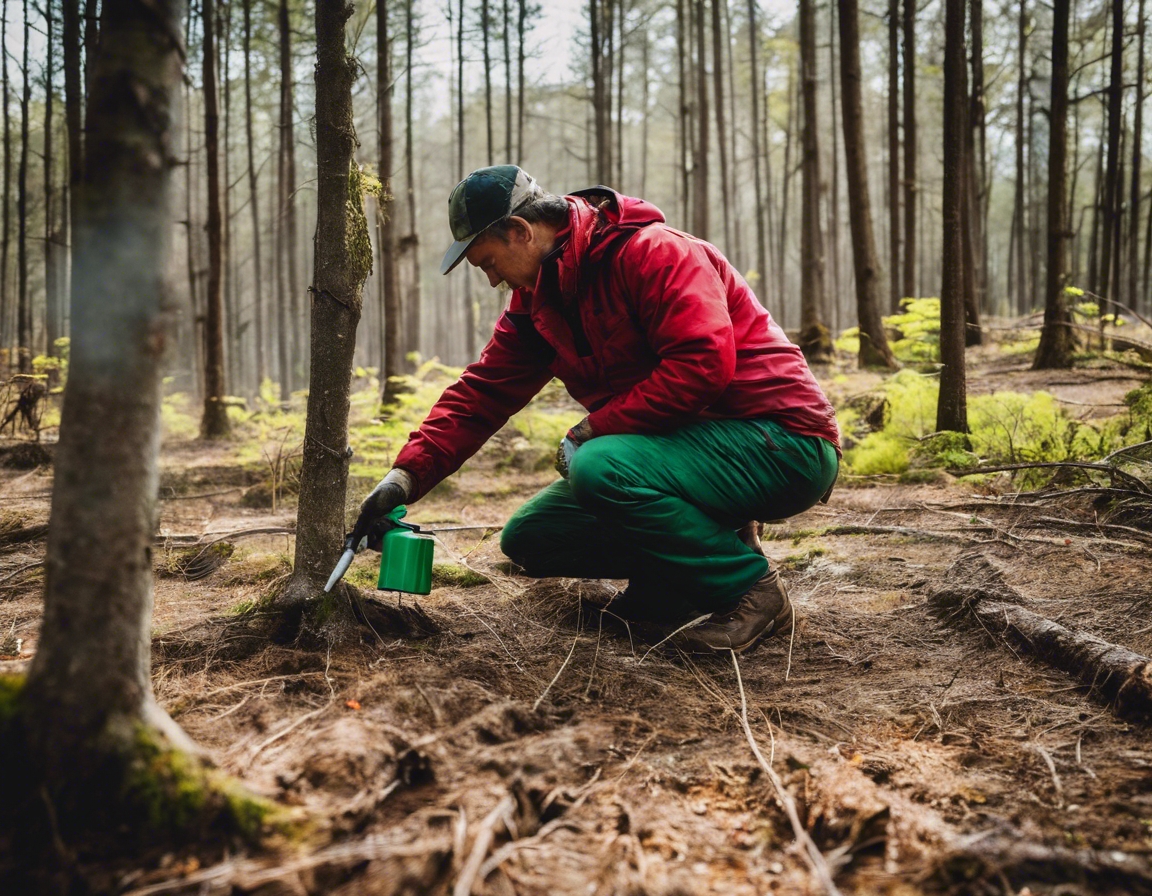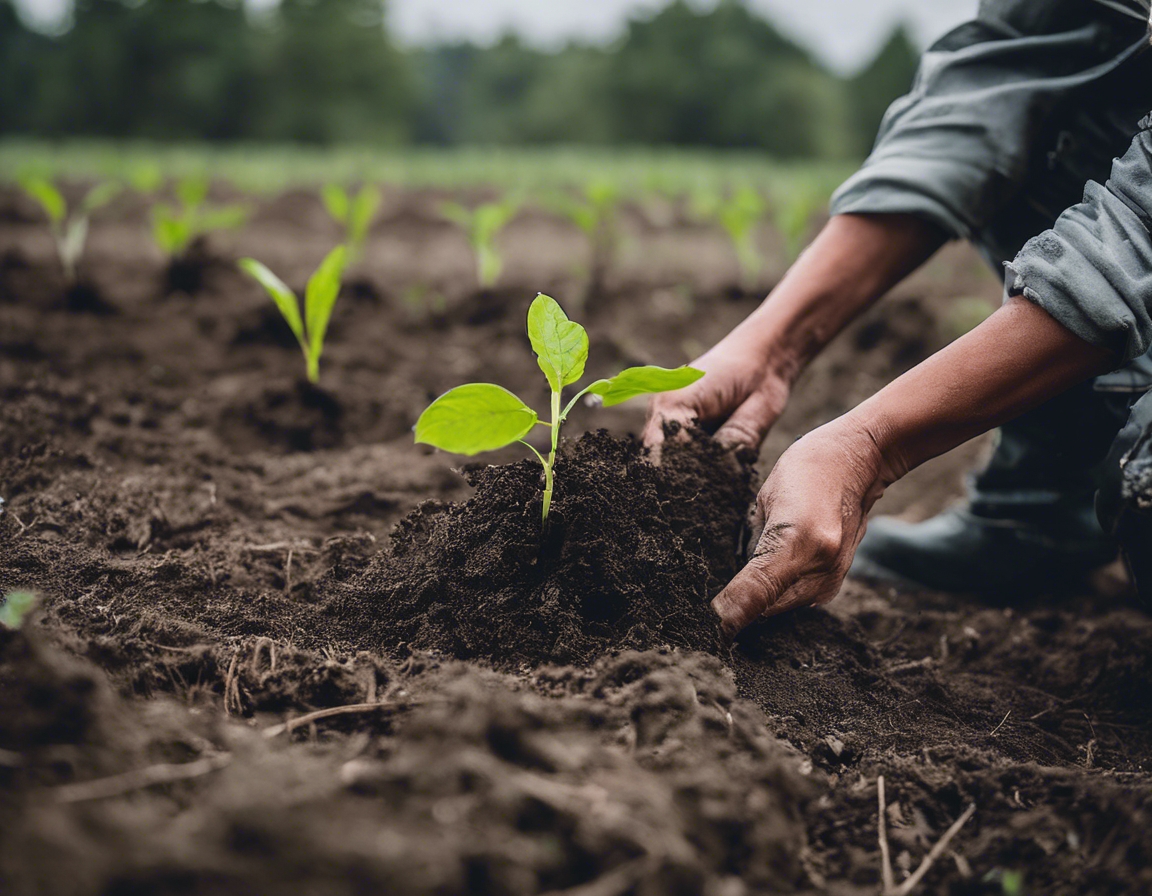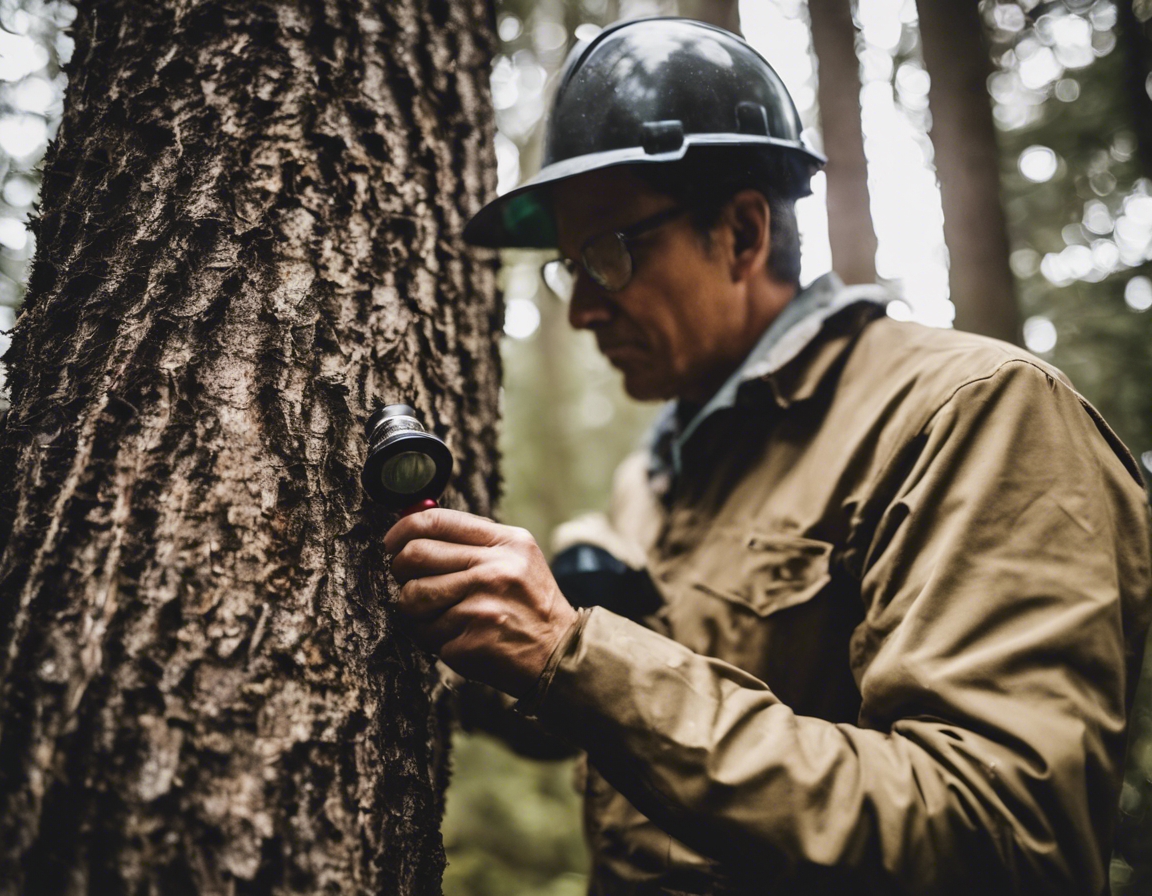5 reasons why sustainable forestry matters
Sustainable forestry is a management ethos that balances the environmental, economic, and social needs of current and future generations. It's a practice that ensures our forests continue to provide the necessary resources while maintaining their health and biodiversity.
The Ecological Importance of Sustainable Forestry
Biodiversity is the variety of life in a particular habitat or ecosystem. Sustainable forestry practices are designed to protect species diversity, which is crucial for the resilience of forest ecosystems. By managing forests in a way that mimics natural disturbances, sustainable forestry can help maintain the complex interdependencies among forest species.
Forests play a critical role in water and soil conservation. Sustainable forestry practices, such as controlling logging operations and maintaining forest cover, help to prevent soil erosion and protect water quality by filtering pollutants and sediments.
Forests act as carbon sinks, absorbing carbon dioxide from the atmosphere. Sustainable forestry enhances this natural carbon sequestration process, contributing to the mitigation of climate change by reducing the overall concentration of greenhouse gases.
Economic Benefits of Sustainable Forestry
Sustainable forestry can lead to better long-term economic outcomes for landowners. By focusing on the health of the forest rather than short-term gains, sustainable practices can ensure a continuous supply of timber and non-timber products, providing a stable income over time.
By promoting responsible forest management, sustainable forestry supports local economies by creating jobs in forest management, conservation, and related industries. This, in turn, contributes to the economic stability of rural areas where employment opportunities may be limited.
Social Advantages of Sustainable Forestry
Sustainable forestry practices often involve local communities in the management process, providing them with a voice and stake in the conservation of their natural resources. This inclusive approach can lead to improved livelihoods and stronger community ties.
Forests are not only sources of timber and other resources but also provide recreational spaces for people to enjoy. Sustainable forestry ensures that these spaces are preserved for public use, contributing to the well-being and quality of life of the population.
Regulatory and Certification Aspects of Sustainable Forestry
Engaging in sustainable forestry practices helps ensure compliance with environmental laws and regulations, which can vary from country to country. Adherence to these laws is essential for legal operation and for maintaining the integrity of forest ecosystems.
Forest certification programs like FSC and PEFC provide a mechanism for forest managers to demonstrate their commitment to sustainable practices. Certification can also open up access to new markets and customers who prioritize sustainability in their purchasing decisions.
Technological and Innovative Approaches in Sustainable Forestry
Modern sustainable forestry is supported by advancements in forest management practices. These include improved tree harvesting techniques, selective logging, and the use of controlled burns to maintain forest health.
The integration of technology, such as remote sensing and GIS, into forestry practices allows for better monitoring and management of forest resources. Data analysis can help in making informed decisions that support the sustainability of forest ecosystems.






Comments (0)